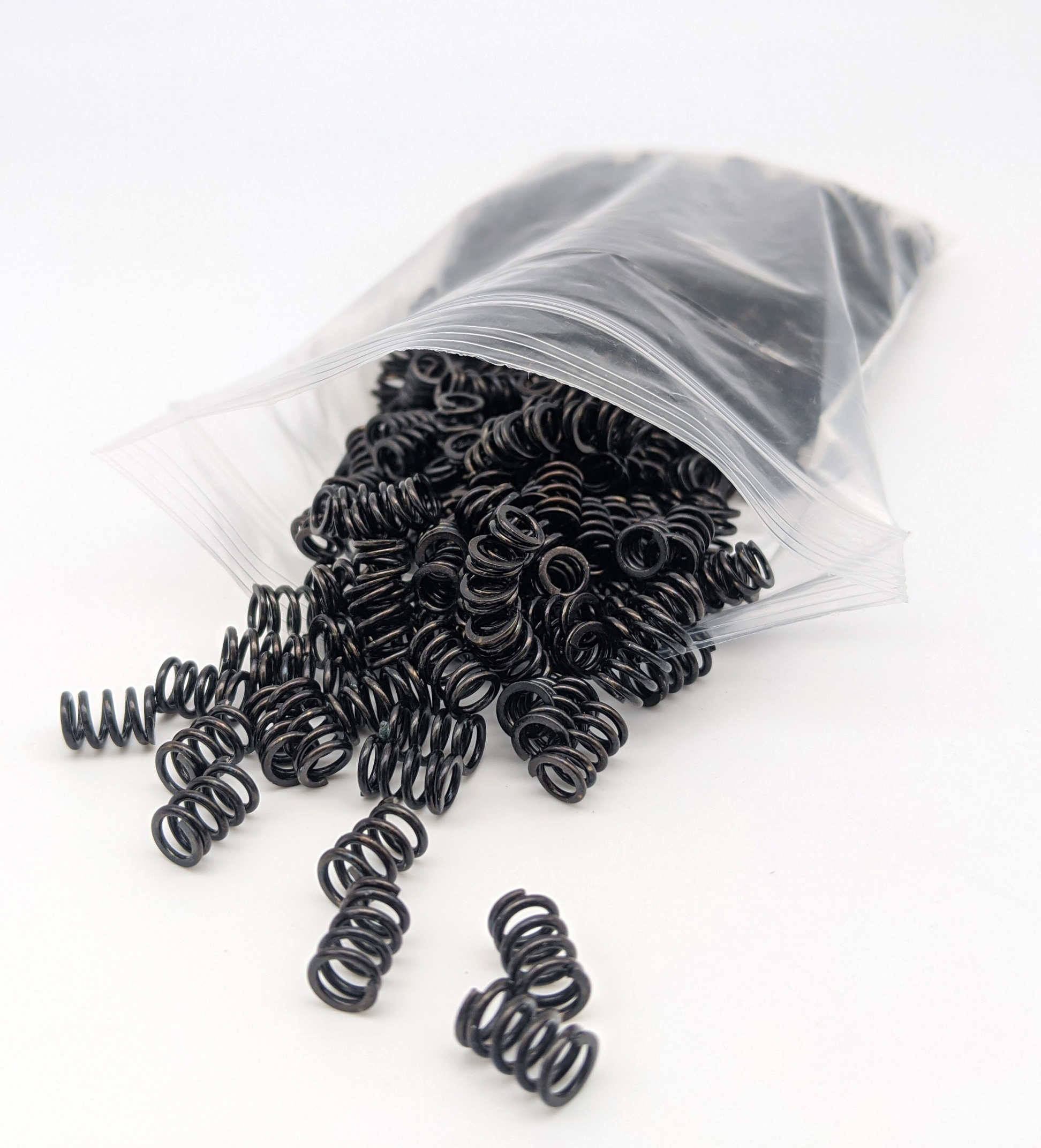Get unique, complex parts easily. No matter your requirements, Chaoyi Spring creates hard-to-produce coil springs and wire forms.
Let us help you create the custom wire form you need, from S-hooks and J-hooks to utility hooks and more.
We work closely with customers across a wide range of industries, helping them design and manufacture made-to-order parts.
Why choose Chaoyi Spring? We prioritize customer-focused collaboration, modern equipment and the latest technology to make your parts per print.
Find the information and guidance you need, from measuring a spring to learning about materials, placing an order and much more.
Imagine a world without springs. No bouncing balls, no smooth car rides, no clocks to tell time. Springs, especially coil springs, are ubiquitous in our lives, silently performing essential functions.


Imagine a world without springs. No bouncing balls, no smooth car rides, no clocks to tell time. Springs, especially coil springs, are ubiquitous in our lives, silently performing essential functions. They power our watches, support our furniture, and even help us explore space. In this article, we'll delve into the fascinating world of springs and coil springs, uncovering their history, diverse applications, and the science behind their remarkable properties.

A spring, at its core, is a flexible, resilient material that stores energy when deformed. Think of a stretched rubber band or a compressed metal coil – both are examples of springs. The most common type of spring is the coil spring, which consists of a wire wound into a helical shape. When subjected to compression or extension, the coil spring stores potential energy, ready to release when the force is removed.
The history of springs goes back centuries. Simple, non-coiled springs, like the bow and arrow, were used in ancient times. The Bronze Age saw the development of more sophisticated spring devices, with tweezers becoming widespread in various cultures. It was the ingenious Ctesibius of Alexandria who developed a method for crafting springs from bronze alloys, enhancing their durability and strength.
Coiled springs emerged in the 15th century, initially used in door locks. The clockmaking revolution of the 16th and 17th centuries saw the widespread adoption of coil springs as a power source for clocks and watches. In 1676, the British physicist Robert Hooke formulated his famous law, describing the relationship between the force applied to a spring and its extension or compression. This fundamental law laid the groundwork for our understanding of springs and their behavior.
Springs come in a variety of shapes, sizes, and functionalities, each designed to meet specific needs. We've already touched upon the ubiquitous coil spring, but there are many other fascinating types, such as:
Here are some of the major types of springs, each with unique characteristics and applications:
The behavior of springs is governed by a fundamental principle known as Hooke's Law. This law states that the force exerted by a spring is proportional to its displacement from its equilibrium position. In simpler terms, the more you stretch or compress a spring, the more force it will resist with. This relationship is represented by the equation F = -kx, where F is the force, k is the spring constant (a measure of its stiffness), and x is the displacement.
Beyond Hooke's Law, the behavior of springs is influenced by several factors, including the material used, the spring's geometry, and the surrounding environment. For instance, the stiffness of a spring can be varied by changing the diameter of the wire used, the number of coils, or the spacing between coils. Springs can also be subjected to fatigue and wear over time, which can affect their performance.
Springs are truly ubiquitous in our lives, silently performing essential tasks. They're found in our cars, our homes, and even our pockets. Here are just a few examples of how springs impact our daily lives:
Springs, particularly coil springs, are often overlooked, yet they are essential components of our modern world. From the simple act of opening a door to the complexities of space exploration, springs play a vital role, providing energy storage, shock absorption, motion control, and countless other functionalities. Their history is intertwined with human ingenuity, and their future holds even greater possibilities as we continue to develop new and innovative applications for these remarkable devices.
The next time you encounter a spring, take a moment to appreciate its silent power. These resilient, flexible materials are often the unseen heroes behind our everyday experiences, making our lives smoother, safer, and more enjoyable.
Browse some of the custom wire forms and springs that we manufacture. Don’t see what you need? We specialize in made-to-order products that meet your application requirements.
Visit Our GalleryNeed a custom wire form or coil spring? We make it work. Fill out the contact form and a representative will respond within 1 business day. If you have a PDF or CAD file, you can submit to request a quote.